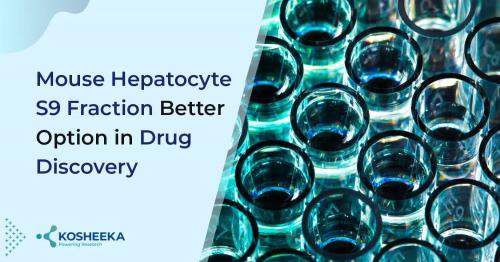The Power of Mouse Liver Fractions

The goal of every drug discovery is to develop safe and effective medications. To achieve this crucial goal, a key step involves studying the metabolism of drugs in order to understand their potential toxicity and effectiveness. Even before we start preclinical trials on human primary cells or animals, we need to test the drugs in vitro to ensure their safety and efficacy. One major step forward is the use of mouse liver subcellular fractions.
Why are these fractions important?
New drugs need to be safe and effective. Part of this safety check involves understanding how our bodies metabolize the drug. These mouse hepatocyte S9 fractions mimic the human liver's metabolic machinery, helping researchers predict how a drug will be processed in the body. We have three types of fractions, namely S9, microsome, and cytosol, that can offer a significant understanding to improve drug discovery. Think of these fractions as specialized teams within the liver cell, each with a specific role in drug metabolism:
Homogenate and S9: These are like the "all-rounder" teams, containing a mix of enzymes from different parts of the cell, useful for broad assessments.
Microsomes: These are the "CYP specialists," enriched with enzymes like cytochrome P450, which play a key role in the initial breakdown of drugs.
Cytosol: These are the "phase II experts," containing enzymes that further modify the drug after initial breakdown.
By using these different fractions, researchers can get a detailed picture of how a drug will be metabolized. But how, using mouse hepatocyte S9 fraction, is the ultimate fate of the drug after it has been metabolized? To know more about the effect of the use of subcellular fractions on the drug discovery process, read more here.

Comments